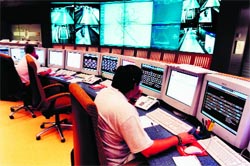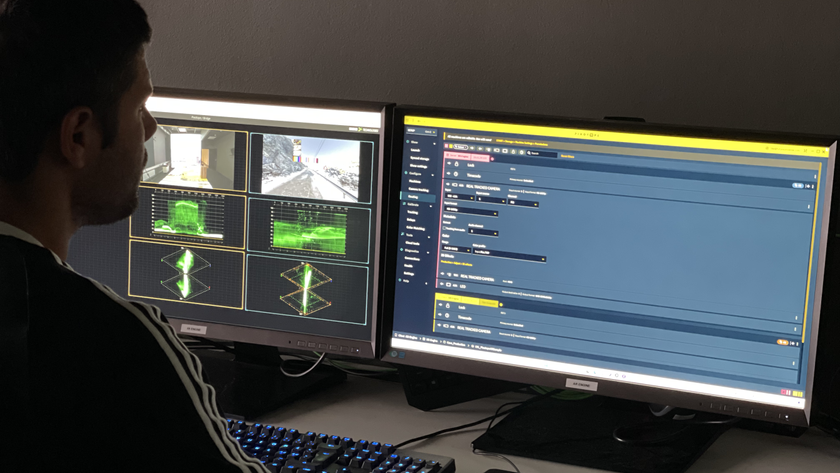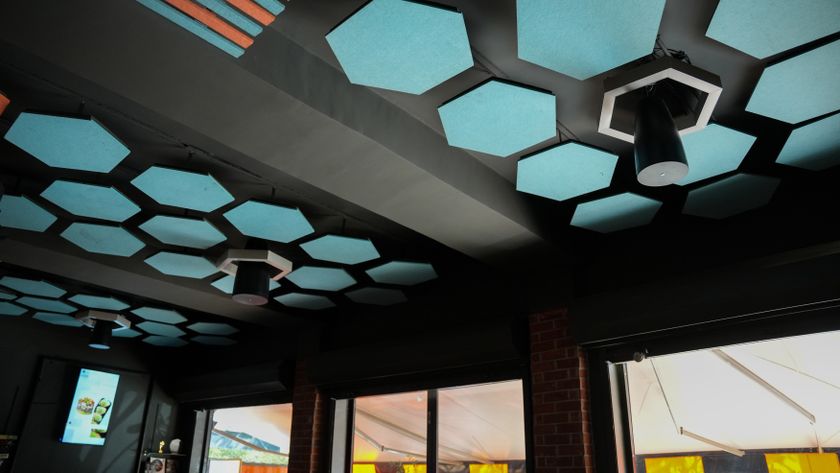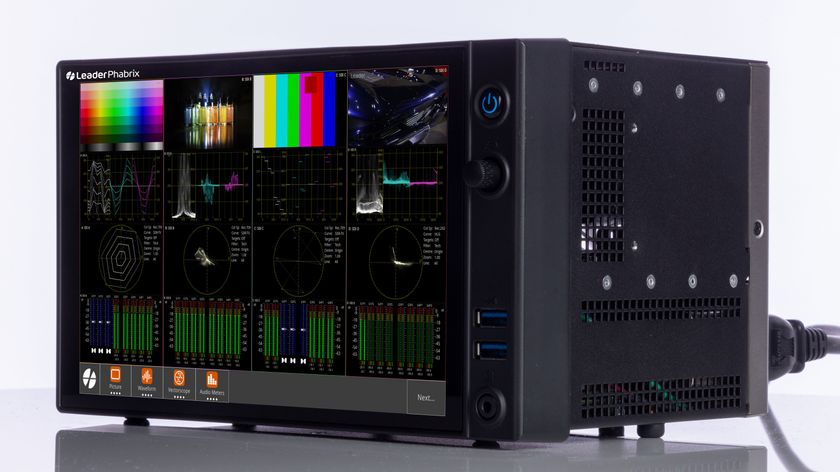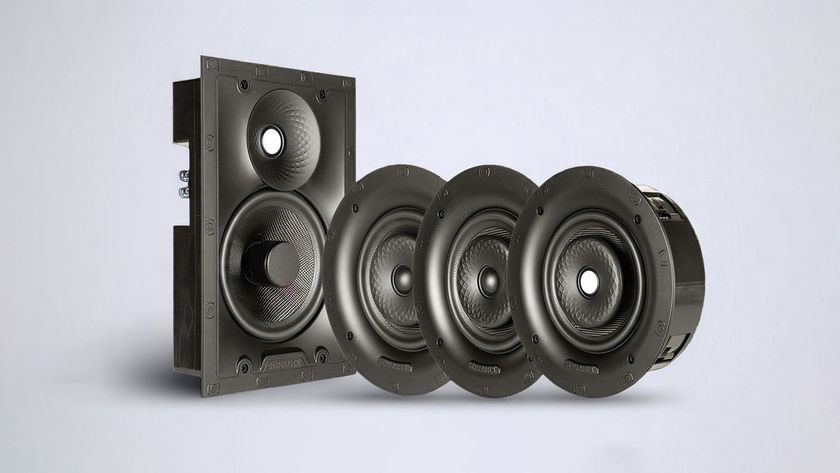Today, an AV system for a public facility is more than likely to connect in some way with security and life safety networks.Historically, the relationship between a typical systems contractor and the safety and security industries might best have been characterized as tenuous. Projects might, from time to time, include some reference to voice evacuation or CCTV signal management. But these would be the exception, rather than the rule.
Post-9/11, all this has changed. The very fact that we live in a less certain world has forced end users-particularly those who deal with the general public on a day-to-day basis-to have security uppermost in their thinking, where before it might have been a secondary consideration. Today, an AV system for a public facility is more than likely to connect in some way with security and life safety networks.
For the contracting community, this poses more questions than it answers. Have the previously very separate worlds of security and life safety now converged? Are they creating a new business opportunity? What additional skill sets do contractors need to acquire to make the most of that opportunity? Which applications are likely to drive further market growth? And what role will related issues such as network technology and government regulation play in that growth?
Points Of Convergence
Anyone who has visited an AV industry tradeshow will know that "life safety and security" can sometimes be grouped glibly together on the floorplan, but are they really that comfortable as bedfellows?
"Security and life safety are very much distinct and discrete," maintains Jeff Kiuchi, product specialist (Security) at Mitsubishi Digital Electronics America. "Aside from the fire, evacuation and paging technologies that are unique to life safety, there are also application-specific techniques that are independently discrete to security and life safety. Thirdly, there are regulatory issues that dictate how life safety can be implemented."
Unlike many countries in Europe and Asia, for example, the U.S. has two different standards for paging and life safety, resulting in the need for two systems to handle these functions. Add security into the equation, and you have the potential for a third system. But in the month that Atlas Sound and IED announced a merger that effectively combines expertise in the worlds of commercial sound and AV control and paging (see news story on page 8 of this issue), it would seem foolhardy to cling to the notion that these two worlds are entirely independent.
Graeme Harrison, vice president of international sales at Biamp Systems, says that while the company's new Networked Paging System was driven by its international business, its U.S. dealers became more and more interested as its release got closer. "Initially, our regional managers said that paging and life safety were done by different installers," Harrison said. "Now they're talking about life safety compliance, and it's clear that there is going to be compliance, even if not total convergence. As time goes on, we're also being told that AV integrators are doing paging and life safety. It's anecdotal evidence, but there's definitely a pattern emerging."
"There is definitely a convergence movement," Kiuchi acknowledged, "and it does present traditional AV integrators with opportunities to service more low-voltage elements of any one project, including security monitoring."
The extent to which integrators need to add to their skill set may depend on the scale of the project. "There are several strains to the trend," Kiuchi explained. "There's a massive amount of crossover at the custom home level between IP home monitoring and AV integration, and at the top of the scale, most of the larger new buildings receive IP-security systems that are increasingly implemented by firms that can also offer-or sub-contract-AV integra- tion. In between it's less clear, but the opportunities exist for small and mid-sized firms from one discipline to partner with similarly sized firms from the other discipline."
Conditions On The Ground
While the industry waits for federal regulators to decide whether or not the various aspects of a safety and security system can safely be installed onto the same network, the very fact that data networks themselves are becoming faster and more robust is changing end-user expectations of what their systems should be able to do.
"Digital technology is the main convergence driver and this extends not just to security and AV, but also IT," Kiuchi said. "IP-based security, IT and AV systems present integrators with opportunities to lay the Ethernet infrastructure and build systems around that. The AV integrator is traditionally entrepreneurial and will take notice of the opportunity to present clients with strong technology and budget arguments."
"Convergence with IT systems has changed installation, storage and viewing parameters and brought security into alignment with other business operations which can be controlled and managed from a single dashboard," added Keith Kanestrin, marketing manager at Panasonic System Solutions Company. "With the advances in imaging and transmission technology, we see surveillance as more of a business solution than just a security solution.
"The market is moving definitively in the direction of increased convergence with IT networks, and that also brings interoperability with other systems running on the IT backbone, such as HR, inventory, and HVAC."
If there is one message that comes out of all this, it is that the convergence of life safety with security, and of those systems with other aspects of the AV business, has acquired a momentum that legislation is hindering but is not able to halt entirely. While we are some way from being able to exploit the full potential of convergence, logic dictates that contractors must broaden their horizons if they are to meet end-user demand for interoperability. As Graeme Harrison put it: "If you are installing a system into corporate facilities and meeting rooms, [that system] doing the corridor paging is a natural extension. In an emergency, the paging system has to override a teleconference automatically, so there must be interaction between the two systems."
